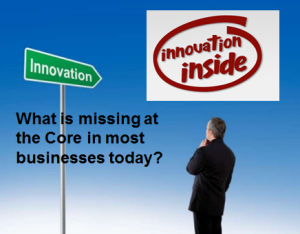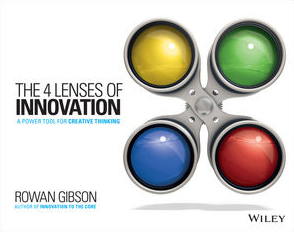 A little while back I was reading somewhere an academic paper and it triggered a thought on interlocking platforms for innovation, so I set about capturing it for this post, and then it somehow got filed away.
A little while back I was reading somewhere an academic paper and it triggered a thought on interlocking platforms for innovation, so I set about capturing it for this post, and then it somehow got filed away.
So this is the reworked opening thought to record the idea to ‘capture’ it, so I can reflect later on, on how I should build on this further. I show a number of hyperlinks to help in pulling this together…..well for me anyway!
So this is a work-in-progress and should be taken as a thinking out loud at this stage.
Linking capability through interlocking platforms
We are in need of a different “sustaining” capacity build around innovation as its continuous core, constantly evolving, adapting, learning and adjusting, in perpetual motion.
How? Innovation has many ‘touch points, a myriad of dimensions that need to be aligned and integrated. How can we achieve this more holistic view, so innovation management can make a significant advancement on where we are today?
Making the business case for innovation to change is not easy but essential
Continue reading “Building Innovation Capability Through Three Interlocking Platforms”
 We often constrain our innovation because we ‘shoehorn’ any conceptual thinking into a given time, usually the yearly budgetary plan.
We often constrain our innovation because we ‘shoehorn’ any conceptual thinking into a given time, usually the yearly budgetary plan.







